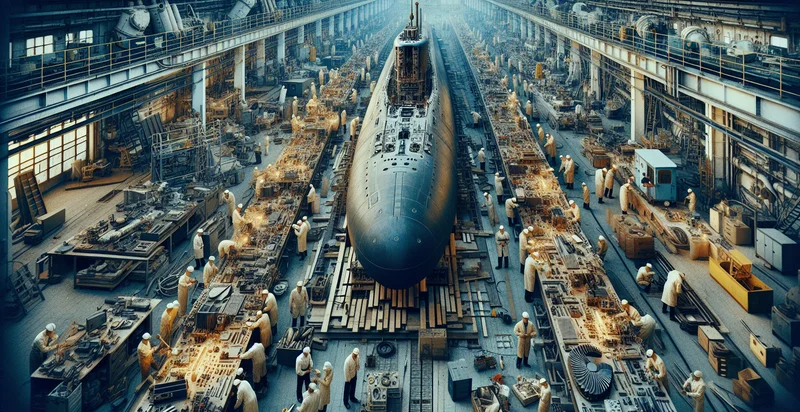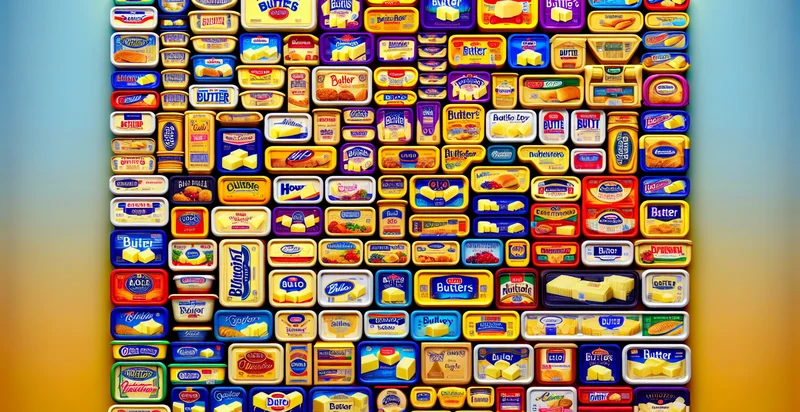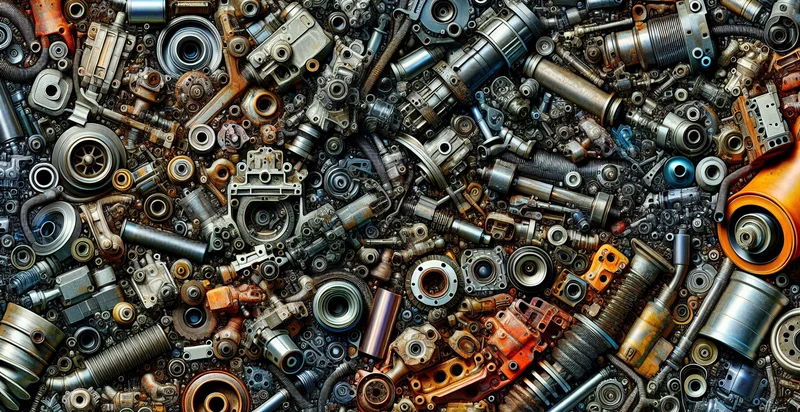Identify submarine make
using AI
Below is a free classifier to identify submarine make. Just upload your image, and our AI will predict what type of submarine it is - in just seconds.

Contact us for API access
Or, use Nyckel to build highly-accurate custom classifiers in just minutes. No PhD required.
Get started
import nyckel
credentials = nyckel.Credentials("YOUR_CLIENT_ID", "YOUR_CLIENT_SECRET")
nyckel.invoke("submarine-make", "your_image_url", credentials)
fetch('https://www.nyckel.com/v1/functions/submarine-make/invoke', {
method: 'POST',
headers: {
'Authorization': 'Bearer ' + 'YOUR_BEARER_TOKEN',
'Content-Type': 'application/json',
},
body: JSON.stringify(
{"data": "your_image_url"}
)
})
.then(response => response.json())
.then(data => console.log(data));
curl -X POST \
-H "Content-Type: application/json" \
-H "Authorization: Bearer YOUR_BEARER_TOKEN" \
-d '{"data": "your_image_url"}' \
https://www.nyckel.com/v1/functions/submarine-make/invoke
How this classifier works
To start, upload your image. Our AI tool will then predict what type of submarine it is.
This pretrained image model uses a Nyckel-created dataset and has 39 labels, including Atlantis Submarines, Austal, Babcock Marine, Bae Systems, Bertin Technologies, Bluefin, Combat Submarines, Defense Contracting, Elbit Systems and Expeditionary Submarines.
We'll also show a confidence score (the higher the number, the more confident the AI model is around what type of submarine it is).
Whether you're just curious or building submarine make detection into your application, we hope our classifier proves helpful.
Related Classifiers
Need to identify submarine make at scale?
Get API or Zapier access to this classifier for free. It's perfect for:
- Submarine Manufacturing Quality Control: This use case involves employing the false image classification function to inspect images of submarine parts during the manufacturing process. The system can identify and flag any components that do not meet design specifications, ensuring consistent quality and reducing the risk of defects.
- Naval Intelligence and Reconnaissance: The false image classification function can assist naval intelligence in analyzing satellite and aerial imagery for submarine detection. By accurately classifying images that may be misleading, analysts can focus on genuine threats and optimize surveillance operations.
- Insurance Fraud Detection: Insurance companies can use the false image classification function to review claims related to submarine damages. By identifying manipulated or incorrectly depicted images, insurers can prevent fraudulent claims and save costs associated with illegitimate payouts.
- Research and Development Validation: In R&D settings, the function can validate images of submarine prototypes by verifying their authenticity and adherence to specifications. This aids engineers in ensuring data integrity during testing phases, leading to more reliable outcomes in the product development lifecycle.
- Maritime Security Assessment: This use case can involve port security agencies using the function to analyze images from surveillance cameras for potential threats, such as unregistered submarines attempting to enter restricted areas. By eliminating false positives, security personnel can act quickly and effectively to mitigate risks.
- Regulatory Compliance Monitoring: Regulatory bodies can implement the function to ensure that submarines operating within jurisdictional waters comply with safety and environmental guidelines. By classifying and validating images of submarine operations, agencies can enforce compliance more efficiently.
- Training and Simulation for Naval Personnel: The false image classification function can support training programs for naval personnel by providing realistic simulations of various submarine scenarios. By distinguishing between actual and false images of submarines, trainees can better learn to recognize legitimate threats and enhance their operational readiness.


